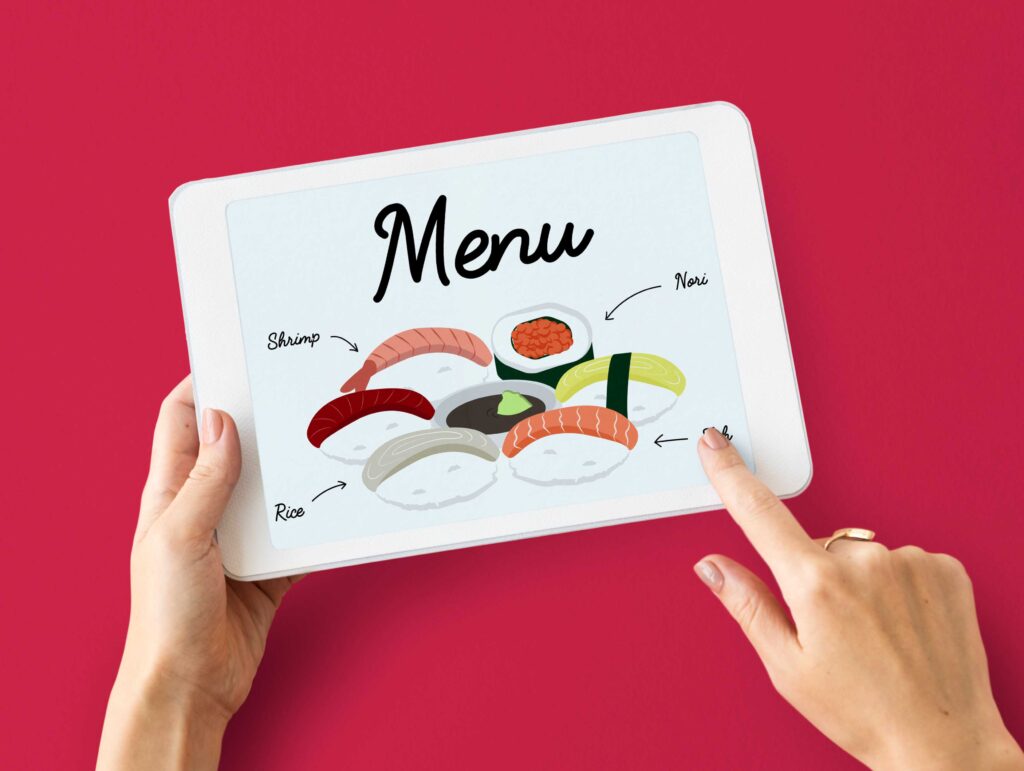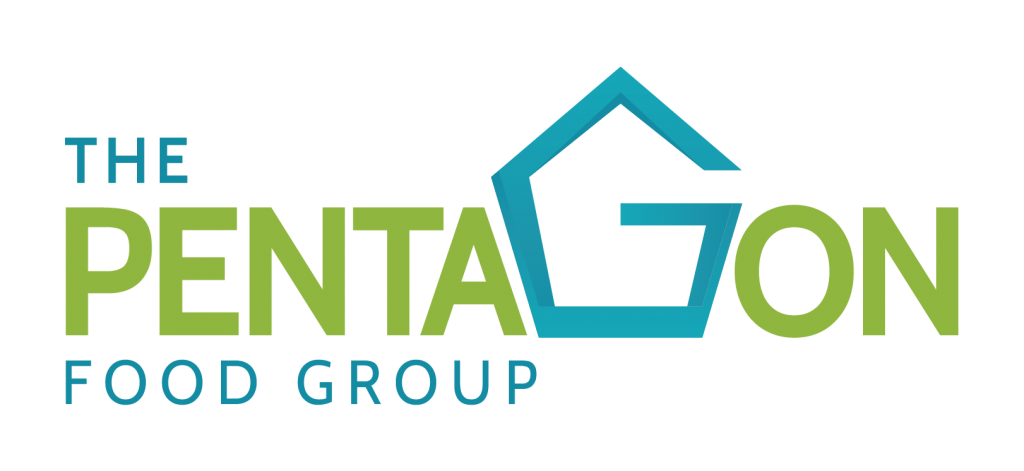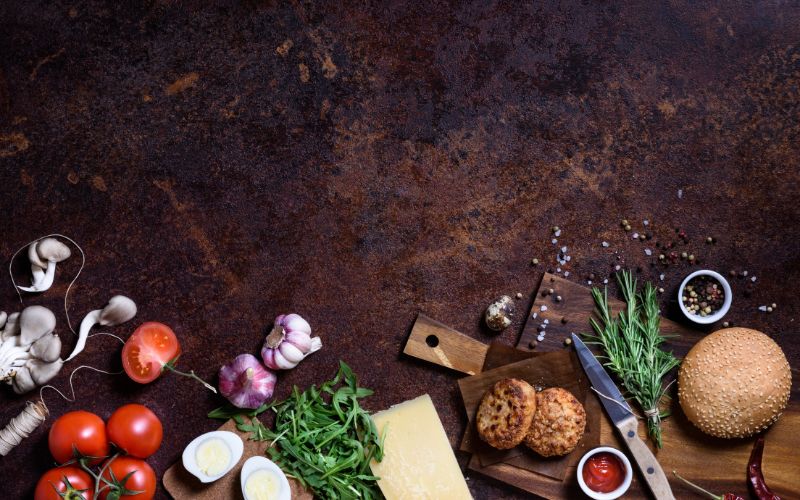Setting the Table for Success
Restaurant menu planning is more than just listing dishes; it’s the foundation of your restaurant’s success. A well-planned menu reflects your restaurant’s concept and appeals to your target audience. It ensures that each dish aligns with your brand and satisfies customer expectations. Designing a restaurant menu with purpose and precision helps streamline operations and maximises profits. This restaurant menu planning guide will provide you with the tools and tips to create a menu that stands out.
Why Menu Planning Matters More Than You Think
A well-thought-out menu impacts every part of your restaurant, from customer satisfaction to operational efficiency. It serves as the heart of your brand, showcasing your concept and creativity. Creating a restaurant menu that balances flavours, costs, and trends helps build customer loyalty and enhances profitability. Customers notice when menus are carefully crafted, and this attention to detail often influences their decision to return. If you’re looking for the best way to plan a menu, focus on how it integrates with your restaurant’s overall goals and customer experience.
Exploring the 5 Styles of Menus in Detail

Menus come in a variety of styles, each serving a unique purpose based on the restaurant’s theme, target audience, and operational structure. Selecting the right menu style is critical because it sets the tone for the dining experience and influences customer satisfaction. Below are the five main types of menus, explained with examples to help you decide which is the best way to plan a menu for your establishment.
1. À la Carte Menus
An à la carte menu lists each dish individually with its own price. This style offers diners the freedom to customise their orders by choosing exactly what they want. It’s commonly found in fine dining restaurants, casual eateries, and cafés.
This style works well for restaurants that focus on variety and give customers the power to mix and match their meals. It’s ideal for establishments that want to emphasise quality and choice.
2. Table d’Hôte Menus
A table d’hôte menu offers a set menu with a fixed price. This usually includes multiple courses, such as a starter, main course, and dessert. This style is often used in formal settings, banquet events, or themed restaurants where simplicity and elegance are priorities.
This menu style is ideal for controlling costs and simplifying kitchen operations while providing diners with a well-rounded experience.
3. Fixed Menus
A fixed menu is similar to table d’hôte but with fewer options. It offers limited dishes at a set price and is often associated with quick-service restaurants, fast food chains, or lunchtime specials.
This approach works well in establishments that aim to offer value-for-money deals or cater to busy customers who prefer straightforward choices.
4. Cyclical Menus
A cyclical menu changes regularly, following a schedule such as weekly or monthly rotations. This style is popular in institutional settings like schools, hospitals, or corporate cafeterias, but it’s also gaining traction in seasonal or farm-to-table restaurants.
This type of menu keeps things fresh and exciting for regular diners while helping restaurants adapt to seasonal availability and reduce food waste.
5. Hybrid Menus
A hybrid menu combines elements from different menu styles to provide flexibility and variety. This option is commonly used in modern casual restaurants that cater to diverse customer preferences.
Hybrid menus are excellent for restaurants looking to balance choice and simplicity while accommodating different dining occasions.
By evaluating your restaurant’s theme and the preferences of your customers, you can select a menu style that enhances the dining experience, meets operational needs, and drives profitability. The flexibility of these options ensures your restaurant menu planner can adapt to any concept or trend, making it a vital tool in your planning process.
Key Considerations for Designing a Restaurant Menu:
Key Things to Keep in Mind When Designing a Restaurant Menu are:
1. Know Your Diners: What Do They Crave?
Understanding your audience is key to designing a restaurant menu that resonates. Study your customers’ preferences, spending habits, and demographics. Tailor your menu offerings and pricing to match their tastes. A restaurant menu planning guide can help you analyse these factors and create dishes that appeal to your target market.
For example, if your customers prefer healthy options, highlight vegetarian or low-calorie dishes. Consider their age group and income level to design pricing that feels accessible yet profitable. A menu that reflects your audience’s desires ensures long-term loyalty.
2. The Secret Sauce: Profitability Meets Popularity
To make your menu a success, analyse its profitability and popularity. Use your POS system to track sales data and inventory levels. Most systems can identify your top-selling dishes and show which items may not be worth keeping. Combining these insights with feedback from waitstaff allows you to refine your menu further.
Monitor Google restaurant reviews, as well as Yelp and TripAdvisor ratings, to understand customer preferences. Your restaurant menu planner should also include insights from team members who interact with customers daily. This approach ensures a balance between dishes that are popular and those that generate high profits.
3. Designing a Menu That Speaks to Everyone

A balanced menu caters to a wide range of tastes and dietary needs. Incorporate options for breakfast, lunch, dinner, entrees, desserts, and beverages. Highlight fresh and seasonal ingredients to create dishes that stand out. Pair complementary flavours to offer a harmonious dining experience.
Structuring your menu into clear sections improves readability and guides customers’ choices. Creating a restaurant menu that’s easy to navigate makes a positive impression and encourages repeat visits.
4. Pricing It Right: The Art and Science of Menu Costs
Menu pricing requires a careful balance of food costs, overheads, and profit margins. Analyse the cost of each dish and identify high-margin items that you can promote. Offer prix-fixe menus, specials, and combo deals to attract more customers.
When considering the best way to plan a menu, remember that pricing directly impacts your profits and customer satisfaction. Transparent pricing builds trust, while well-placed premium items boost revenue.
5. Menus That Wow: Design Tips to Tempt Taste Buds
Your menu’s design is as important as its content. Use visually appealing layouts, bold fonts, and high-quality images. Keep it clean and easy to read, with logical sections and highlighted specials. A well-designed menu reflects your brand identity and enhances the dining experience.
Designing a restaurant menu that’s visually appealing entices customers to try more items and leaves a lasting impression.
6. Keep It Simple, Keep It Consistent
Avoid overly complicated menus that overwhelm diners. Stick to a concise selection of dishes that reflect your restaurant’s strengths. Consistency in quality and presentation is essential, even when adapting dishes to seasonal changes.
A clear, focused menu simplifies kitchen operations and ensures that your team delivers a reliable dining experience.
7. Teamwork Behind the Menu

Collaboration is vital when creating a restaurant menu. Work with your culinary team to experiment with new ideas and refine existing dishes. Engage your front-of-house staff for insights into customer preferences and feedback.
Training staff to upsell dishes and explain menu items effectively improves customer satisfaction and increases sales.
8. Partnering with Local Heroes: Suppliers That Shine
Sourcing ingredients from local suppliers ensures freshness and supports your community. Collaborate with trusted partners to bring the best seasonal produce to your menu. Highlighting local ingredients on your menu can attract eco-conscious diners and enhance your restaurant’s reputation.
9. Special Menus for Special Moments

Creating themed menus for holidays, events, or private parties adds a personal touch. Tailor dishes to suit specific occasions and make your restaurant a destination for celebrations.
Menu flexibility for special events sets your restaurant apart and creates memorable dining experiences.
10. Green Menus for a Better Planet
Sustainability is a growing trend in the restaurant industry. Incorporate eco-friendly practices such as reducing food waste and using sustainable packaging. Sourcing locally and featuring seasonal dishes are effective ways to align with this approach.
Customers appreciate restaurants that prioritise environmental responsibility, and this can boost your reputation.
Read More: Top 12 Appetisers for Restaurant Menus
Final Words:
planning a standout menu involves a mix of creativity, strategy, and customer insight. By considering key factors such as menu styles, pricing, seasonal ingredients, and customer preferences, you can create a menu that not only delights diners but also boosts your restaurant’s profitability. It’s important to stay flexible and adapt to changing trends, while always keeping your customers at the heart of your decisions. With the right approach, your menu can truly become a masterpiece that reflects your restaurant’s unique identity.
FAQs:
How often should you refresh your menu?
Menus should be refreshed seasonally or based on customer feedback and ingredient availability to keep it exciting and relevant.
What’s the best way to cater to dietary restrictions?
Clearly label items for various dietary needs (vegan, gluten-free, etc.) and offer flexible options that accommodate different preferences.
How do you balance pricing and profitability?
Analyse food costs, focus on high-margin items, and adjust pricing based on demand and competitor pricing to maintain profitability.
Why sustainability matters to modern diners?
Sustainable practices, like sourcing locally and reducing waste, appeal to eco-conscious diners and improve brand reputation.
How does food presentation tie into menu success?
Attractive food presentation enhances the dining experience, encourages sharing on social media, and reinforces your restaurant’s image.






